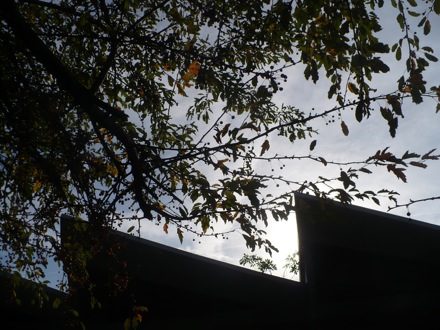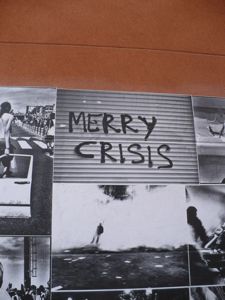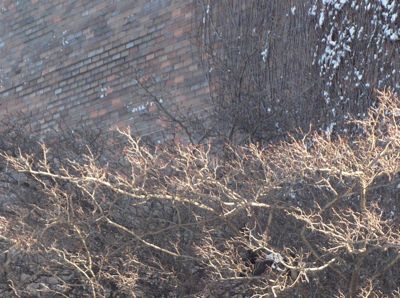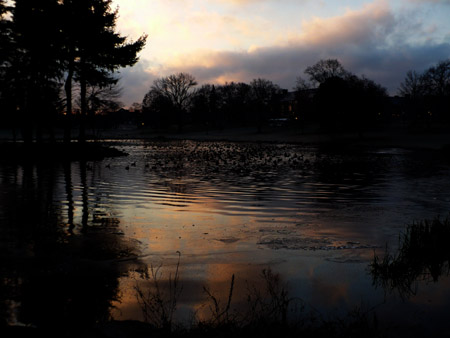
This is the university where I do my research, this year. I like this picture because it has nothing, nothing, nothing to do with the overdetermined and crass narratives that so easily predetermine one’s whole perception of this campus space. This is the tree that has grown up behind the amphitheatre with its jagged roof, the arms of the branch entirely geometrically incompatible with the sawtooth linearity of the dark building. There’s nothing here about politics, nothing here about pedagogy, this picture contains no academic knowledge, it embodies no concept unless you count the concept of mute visual juxtaposition of organic and inorganic form. There’s no knowledge in this picture, no sociality, no people, no conversation, no texts, no pedagogy, no politics, no record of human activity besides the roof built to some absent architect’s scheme. It’s autumn but you wouldn’t know that except from a couple of tiny leaves that gleam yellow in the underexposed daylight.
Continue reading “Paris-8 by the light of different days”


